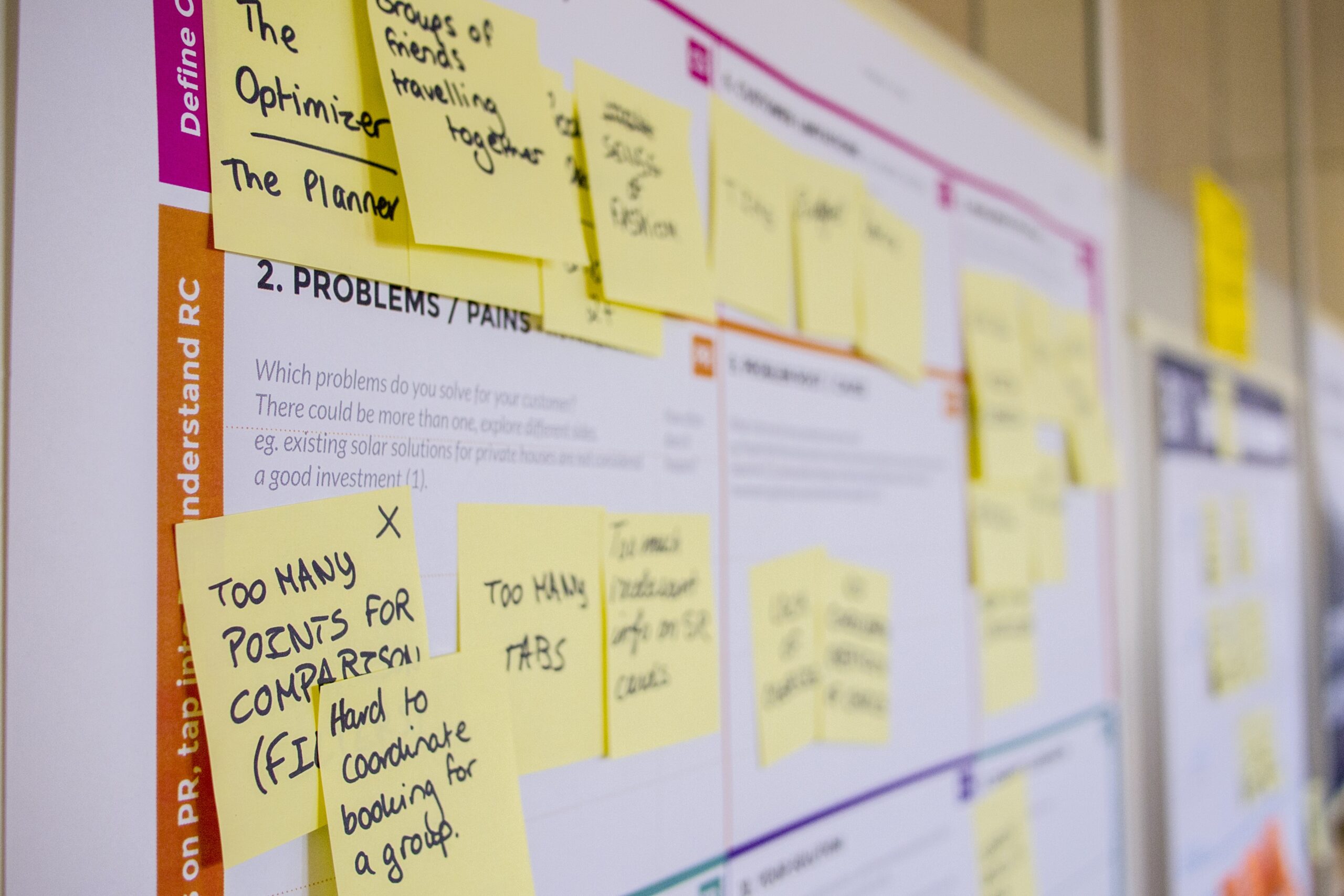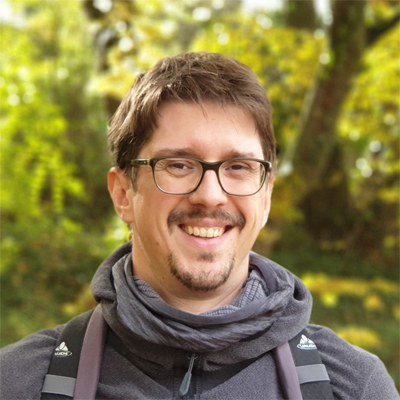Agile Practice
I recently learned, that I have an agile approach to work. I didn’t really know what agile practice was until recently and now can call myself an agile practitioner. Agile practices have become increasingly popular in the academic world. In this post, we take a closer look.
What is Agile Practice?
Agile practices are based on the idea of iterative development. This means that projects are broken down into smaller, more manageable pieces that are then tested and improved upon in an iterative process. This allows teams to quickly develop and deliver working solutions to their research problems.
Agile practices are also beneficial for academic work due to the fact that they allow for the rapid prototyping of ideas and concepts. This is especially useful for research projects that need to be validated quickly. Agile practices also allow researchers to focus on the core components of their research project, while also allowing them to quickly respond to feedback and adjust their project as needed.
How I use Agile Practice?
Well, I don’t know about you, but I usually have no idea what I am doing, when starting a new project. I wish I could say that I have it all figured out right from the start. I just have to do the work. But as we all (probably) know, this is highly unrealistic. Academic projects are very complex (most of the time) and also need to adapt. I therefore break a project down to little pieces.
Once I have done that, I can focus on individual parts of a project and define the most basic ones. Let me give you an example: Let’s say the project is the archaeological virtual reconstruction of a complex building to present it to a broader audience in a museum. I can break down the project into:
- Getting material
- Creating a rough reconstruction
- Refining the reconstruction
- Creating textures, terrain, surrounding
- Converting the model into Virtual Reality
- Creating Virtual Reality applications and user interfaces
- and so on…
The very basic part is doing a reconstruction and getting the material first. If all goes wrong, I at least have that. So I focus on creating this first and adding other parts later, when the reconstruction is done. Maybe I do not need surrounding necessarily or do not have the time to create a VR app. In this case, I still can show the reconstruction.
Is this Agile Practice?
Basically yes and you are doing it already too. Agile Practice is a lot more though. Agile practices are especially useful for research projects that are complex and require frequent adjustments, or for projects that require collaboration from multiple teams or individuals. There is also a big part in the practice of communication within the project and other members.
Overall, Agile Practices are extremely beneficial for academic work. They provide the flexibility and structure needed for complex research projects, encourage collaboration, and enable the rapid prototyping of ideas and concepts. Best do a Google search and you will unleash a plethora of possibilities.
Links
http://www.agilescience.org/







